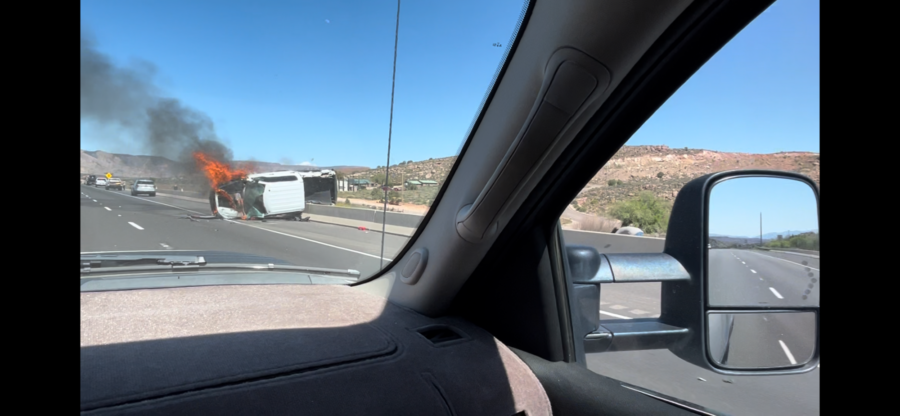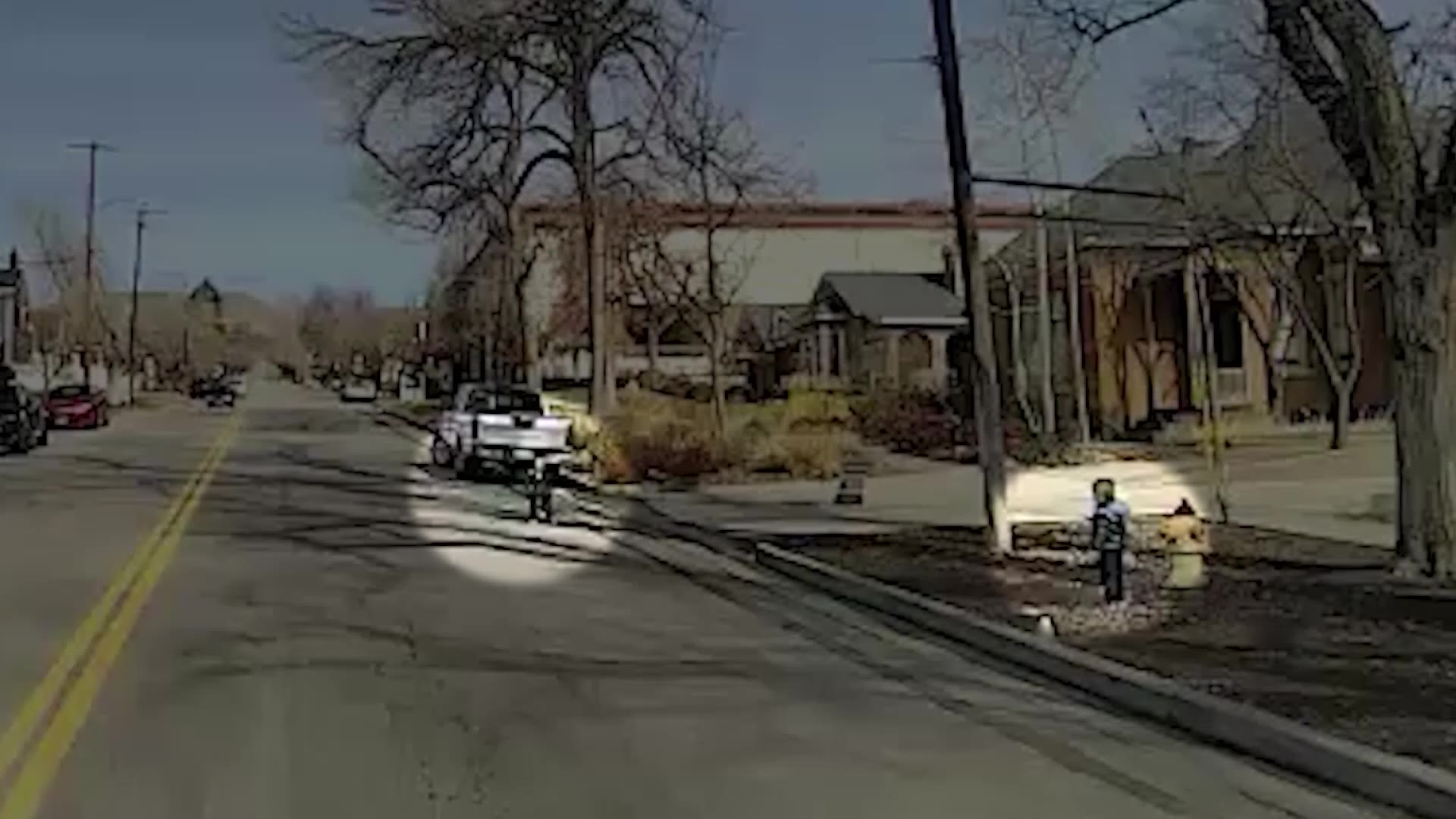UDOT Considering Gondola, Cog Railroad To Reduce Little Cottonwood Canyon Traffic
Nov 20, 2020, 8:27 PM
COTTONWOOD HEIGHTS, Utah – In the winter weeks ahead, traffic in Little Cottonwood Canyon will surge as skiers and snowboarders head to the resorts.
Looking for long-term solutions, officials with the Utah Department of Transportation now have two new transportation ideas to consider as a result of public feedback during the summer.
Both options would dramatically change transportation in the canyon.
“Every year, we’re seeing that congestion build,” said John Gleason, UDOT spokesman. “So we need real solutions that are going to improve the situation for everyone.”
On a busy winter day, more than 7,000 cars head up Little Cottonwood Canyon and traffic jams have become problematic and dangerous.
“Winter travel has become a significant problem in the canyon,” said Josh Van Jura, the UDOT project manager heading up this effort.
UDOT now has a total of five alternatives to study before picking the best solution. People who play or work in the canyon want relief.
UDOT released its first three ideas in June and asked the public to weigh in.
“During that comment period we received over 6,500 comments,” said Van Jura.
People liked those options, shared concerns and gave UDOT two more alternatives.
The original alternatives: an enhanced bus service, an enhanced bus service with a shoulder lane and a gondola from the mouth of the canyon.
The most common theme? “Not only that desire to fix the problems that are projected to occur in the future, but really the problems that the canyon is experiencing today with Saturday traffic, Sunday traffic, holidays, powder days,” Van Jura said.
The new ideas? A gondola heading from a base near La Caille restaurant, and a cog railroad that would depart from the same area and head to Alta and Snowbird.
“Each cabin would hold 35 people and a cabin would depart every two minutes,” said Van Jura.
The cog rail, different than a regular train, would be new to Utah. It looks much like a cog rail operating on Pikes Peak in Colorado.
“It actually has a third drive wheel in the center, and then a third track that the drive wheel engages with that allows it to safely climb and descend the steep grades we have in the canyon,” Van Jura said.
People would get to the cog railroad or gondola base from mobility hubs to be built at one or two locations along Wasatch Boulevard.
“There’s a lot of excitement,” said Gleason. “There’s a lot of enthusiasm when people are looking at some of the alternatives.”
Each of the five alternatives would move 1,000 people up the mountain during peak hours. They range in capital costs from $334 million for the enhanced bus service to $1 billion for the cog rail.
Winter operating costs are somewhat similar for each of the five alternatives under consideration, in the range of $7 to $10 million a year.
“I love this project,” said Van Jura, who is a skier at heart.
He moved to Utah more than two decades ago to spend more time in that canyon. “Literally because of this canyon,” he said. “And this project is going to change the canyon for the next generation. It’s so important to get it right.”
Right now, UDOT is studying the environmental impacts of each of the alternatives. They hope to release the draft environmental impact statement next summer including their preferred alternative.
At that point, the public will get to comment on that and UDOT hopes to make a decision sometime next winter.
The earliest any of the alternatives would be built is still several years away but the wheels are in motion.
Securing funding for any of the projects is still a hurdle that needs to be cleared.












